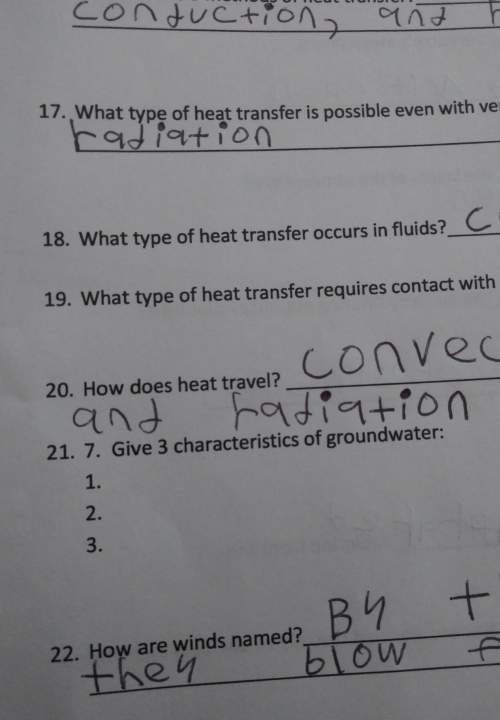
Physics, 22.04.2020 04:26 jescanarias22
Consider a measuring tape unwinding from a drum of radius r. The center of the drum is not moving; the tape unwinds as its free end is pulled away from the drum. Neglect the thickness of the tape, so that the radius of the drum can be assumed not to change as the tape unwinds. In this case, the standard conventions for the angular velocity Ï and for the (translational) velocity v of the end of the tape result in a constraint equation with a positive sign (e. g., if v>0, that is, the tape is unwinding, then Ï>0)Part AAssume that the function x(t) represents the length of tape that has unwound as a function of time. Find, θ(t) the anglethrough which the drum will have rotated, as a function of time. Express your answer (in radians) in terms of x(t) and any other given quantities. Hint 1.Find the amount of tape that unrolls in one complete revolution of the drumIf the measuring tape unwinds one complete revolution (θ = 2Ï ), how much tape,, will have unwound?Part BThe tape is now wound back into the drum at angular rate Ï(t). With what velocity will the end of the tape move? (Note thatour drawing specifies that a positive derivative of x(t) implies motion away from the drum. Be careful with your signs! Thefact that the tape is being wound back into the drum implies that Ï(t)<0, and for the end of the tape to move closer to thedrum, it must be the case that v(t)<0.Answer in terms of Ï(t) and other given quantities from the problem introduction. The function Ï(t) is given by the derivative of θ(t) with respect to time. Compute this derivative using the expressionfor θ(t) found in Part A and the fact that dx(t)/dt = V(t)Part CSince r is a positive quanitity, the answer you just obtained implies that v(t) will always have the same sign as Ï(t). If thetape is unwinding, both quanitites will be positive. If the tape is being wound back up, both quantities will be negative. Now find a(t), the linear acceleration of the end of the tape. Express your answer in terms of α(t), the angular acceleration of the drum: α(t) = dÏ(t)/dt. Part DPerhaps the trickiest aspect of working withconstraint equations for rotational motion is determining the correctsign for the kinematic quantities. Consider a tire of radius r rolling to the right, without slipping, with constant x velocity vx. Find omega, the (constant) angular velocity of the tire. Be careful of the signs inyour answer; recall that positive angular velocity corresponds torotation in the counterclockwise direction. Express your answer in terms of vx and r.Ï =

Answers: 1


Another question on Physics

Physics, 21.06.2019 13:10
Atown is considering building a biodiesel power plant that would burn biomass to generate electricity. which of the following correctly lists an advantage and a disadvantage of this project?
Answers: 1

Physics, 22.06.2019 01:10
Aparticle initially moving east with a speed of 20.0 m/s, experiences an acceleration of 3.95 m/s, north for a time of 8.00 s. what was the speed of the particle after this acceleration, in units of m/s? give the answer as a positive number.
Answers: 1

Physics, 22.06.2019 03:30
Imagine you are riding on a yacht in the ocean and traveling at 20 mph. you then hit a golf ball at 100 mph from the deck of the yacht. you see the ball move away from you at 100mph, while a person standing on a near by beach would observe your golf ball traveling at 120 mph (20 mph + 100 mph). now imagine you are aboard the hermes spacecraft traveling at 0.1c (1/10 the speed of light) past mars and shine a laser from the front of the ship. you would see the light traveling at c (the speed of light) away from your ship. according to einstein’s special relativity, how fast will a person on mars observe the light to be traveling? a) 0.1c (1/10 the speed of light) b) c (the speed of light) c)1.1c (c+0.1c)
Answers: 1

Physics, 22.06.2019 04:50
Unpolarized light whose intensity is 1.19 w/ is incident on a polarizer. (a) what is the intensity of the light leaving the polarizer? (b) if the analyzer is set at an angle of = 41.0∘ with respect to the polarizer, what is the intensity of the light that reaches the photocell?
Answers: 1
You know the right answer?
Consider a measuring tape unwinding from a drum of radius r. The center of the drum is not moving; t...
Questions




Computers and Technology, 21.05.2020 22:19

History, 21.05.2020 22:19


Mathematics, 21.05.2020 22:19

Mathematics, 21.05.2020 22:19



English, 21.05.2020 22:19



Chemistry, 21.05.2020 22:19

English, 21.05.2020 22:19





Computers and Technology, 21.05.2020 22:19




